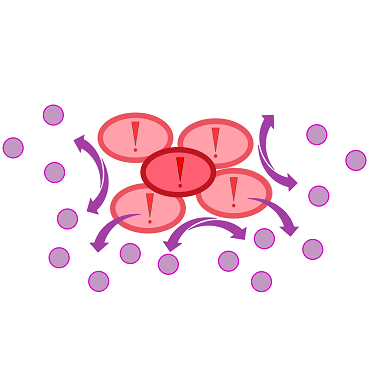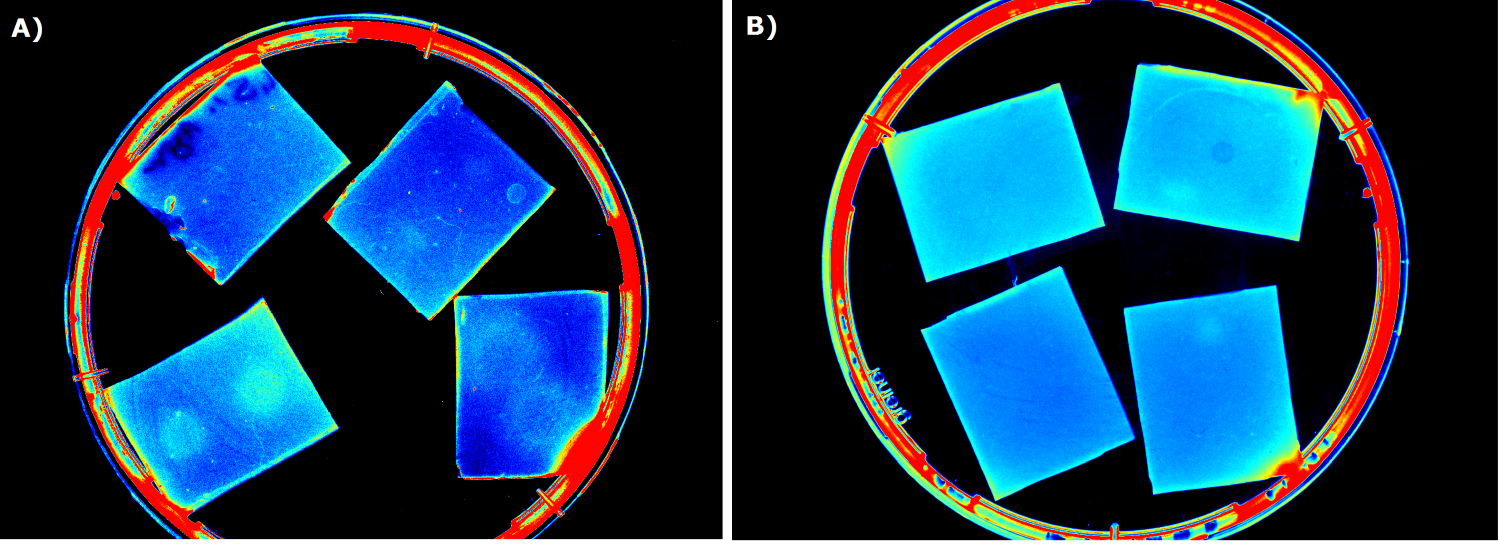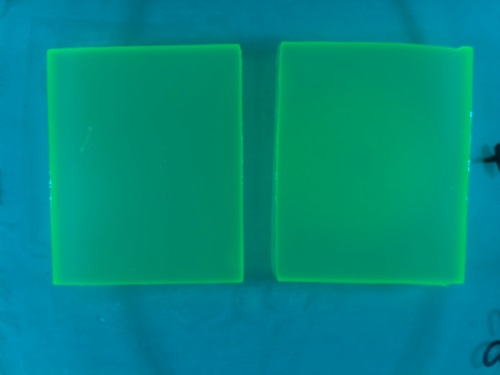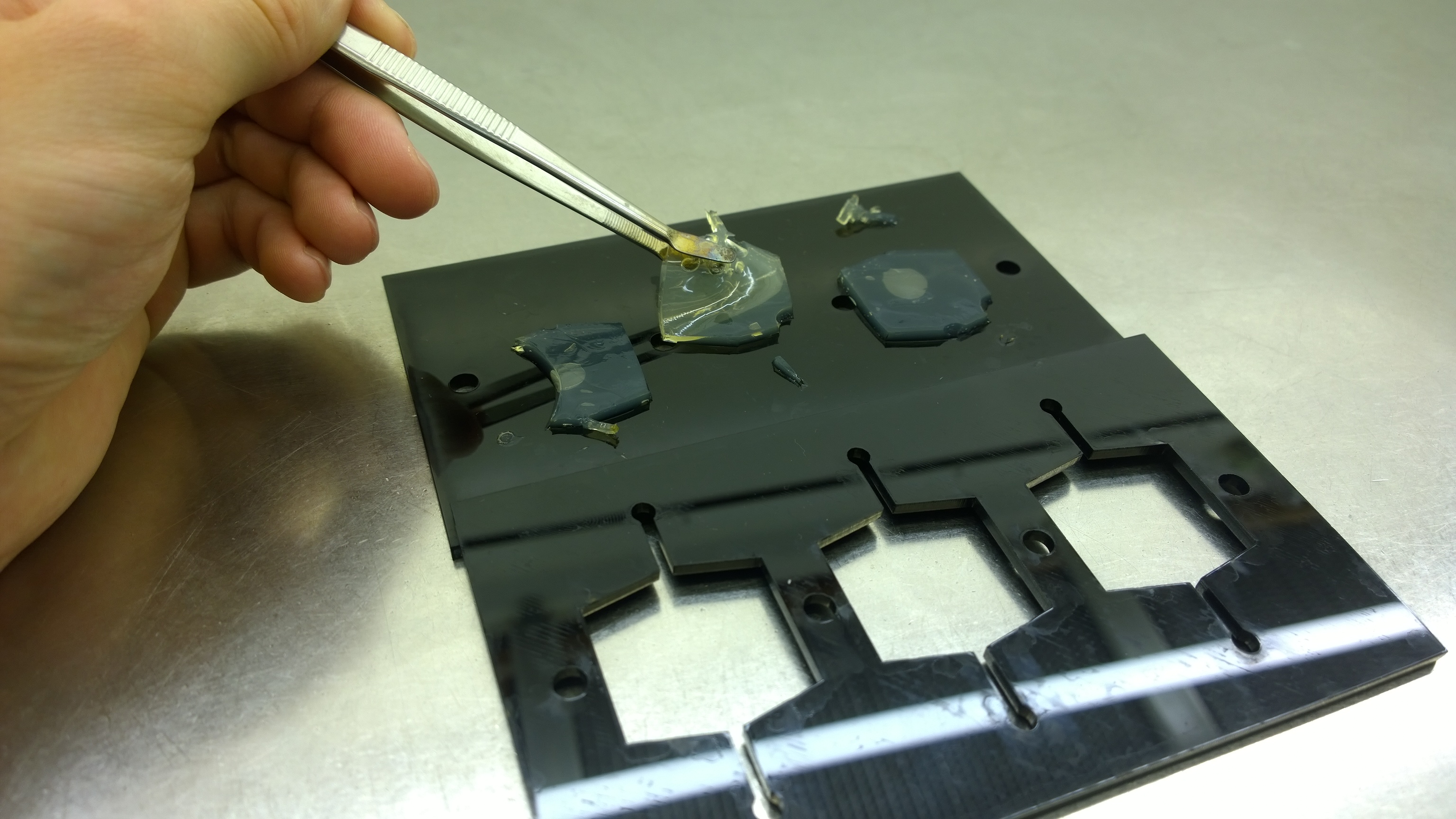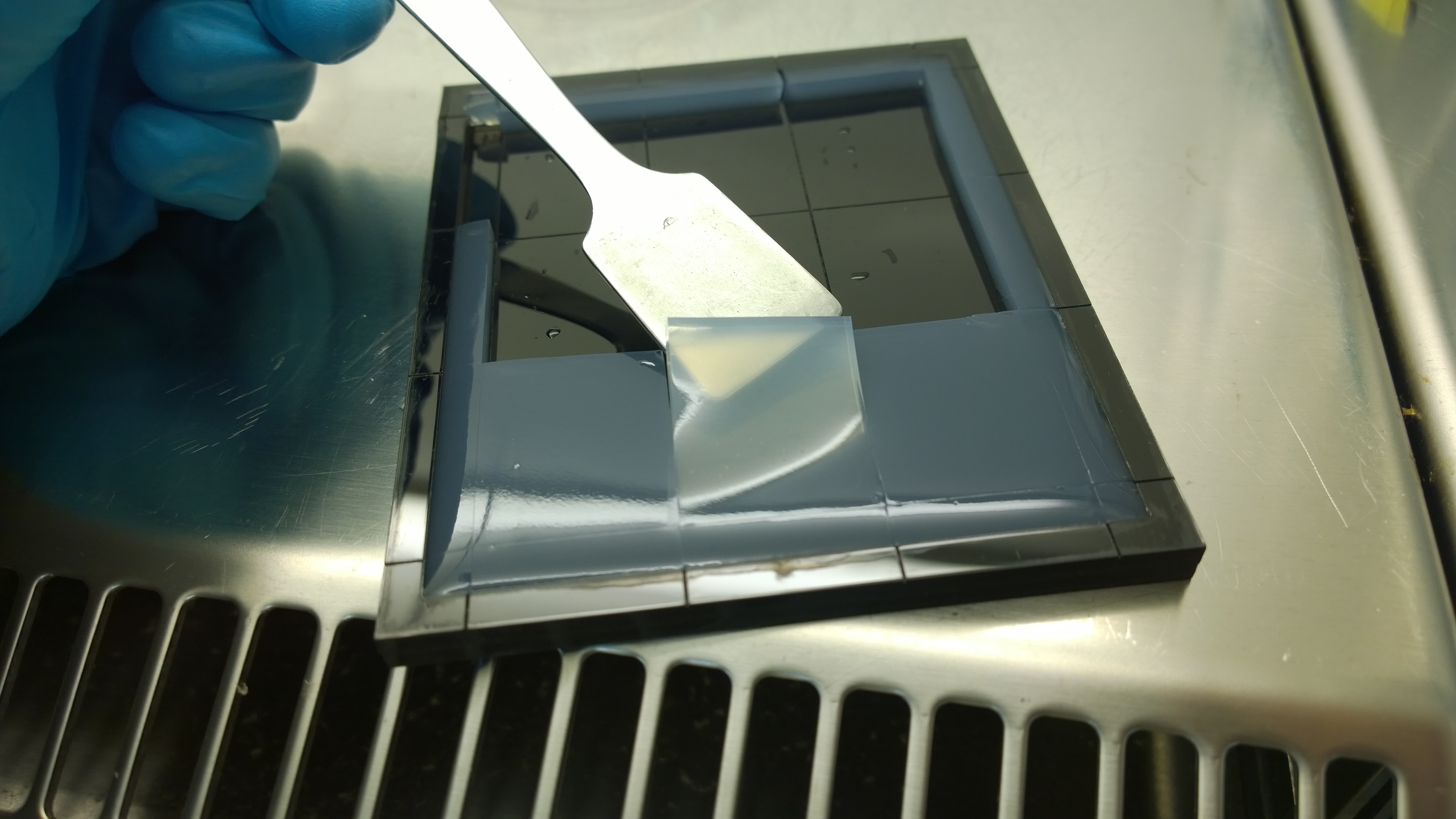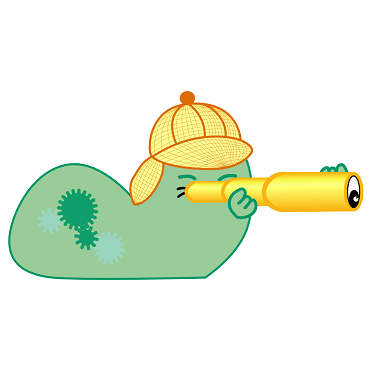Team:Aachen/Project/2D Biosensor
From 2014.igem.org
(→Negative Control) |
(→Detecting 3-oxo-C{{sub|12}}-HSL with Sensor Chips) |
||
| Line 174: | Line 174: | ||
{{Team:Aachen/FigureFloatRight|Aachen_K131026_Platereader.gif|title=Testing K131026 in our sensor chips|subtitle=K131026 in our sensor chip induced with 0.2 µl 3-oxo-C{{sub|12}}-HSL and measured with a plate reader. Blue color indicates no fluorescence, red color indicates fluorescence. Top chip is not induced, bottom chip is induced with IPTG.|width=360px}} | {{Team:Aachen/FigureFloatRight|Aachen_K131026_Platereader.gif|title=Testing K131026 in our sensor chips|subtitle=K131026 in our sensor chip induced with 0.2 µl 3-oxo-C{{sub|12}}-HSL and measured with a plate reader. Blue color indicates no fluorescence, red color indicates fluorescence. Top chip is not induced, bottom chip is induced with IPTG.|width=360px}} | ||
| - | In an | + | In an initial attempt to detect 3-oxo-C{{sub|12}}-HSL, we incorporated the [http://parts.igem.org/Part:BBa_K131026 K131026] construct generated by the 2008 iGEM Team Calgary in our sensor chips. This construct generates a fluorescent signal based on GFP in presence of 3-oxo-C{{sub|12}}-HSL molecules produced by ''P. aeruginosa'' during quorum sensing (Jimenez, Koch, Thompson et al., 2012). First, we tested the construct by direct induction with 3-oxo-C{{sub|12}}-HSL (0.2 µL, 500 µg/mL). The fluorescence measurement was taken every 15 minutes with an excitation wavelength of 496 nm and an emission wavelength of 516 nm. The results of this test are shown on the right. |
| + | |||
A distinct fluorescence signal was observed on the induced chip (bottom) compared to the non-induced chip (top). | A distinct fluorescence signal was observed on the induced chip (bottom) compared to the non-induced chip (top). | ||
| - | Fluorescence started in the middle of the chip | + | Fluorescence started in the middle of the chip, the point of induction, and then extended outwards while growing in intesnity. The basal level of fluorescence was attributed to leakiness of the promoter and general background fluorescence of growing ''E. coli'' cells. In the induced chip (bottom), the background fluorescence was lower than in the non-induced chip (top) because the signal masked the noise. The difference between the induced and non-induced chips indicates a clear response to the HSL and proofed the ability of our 2D sensor chip design to detect HSLs produced by ''Pseudomonas aeruginosa''. |
=== Detecting IPTG with sensor chips === | === Detecting IPTG with sensor chips === | ||
Revision as of 01:44, 18 October 2014
|
|
|
|
|
|
 "
"
